I’m going to let you in on a little secret: The traditional cold call doesn’t work anymore.
Anyone who tells you that the traditional cold call still works clearly doesn’t use cold calling in their own selling today. If they did, then they would know it doesn’t work…
In fact, the most successful salespeople today know exactly how to never cold call again.
My organization has watched countless salespeople bang their heads against the wall trying to use the traditional cold call to generate leads. While every once in a while a blind squirrel can find an acorn, the reality is that cold calls have a terrible return on your investment of time and energy.
Having said that, this doesn’t mean that you shouldn’t be leveraging the phone to generate meetings and appointments. On the contrary, the phone is still an incredibly powerful tool for selling.
However, you should never cold call again—instead, I’m going to show you how to use leveraged calls to generate leads. Check it out:

Never Cold Call Again Tip #1: Target your IPP.
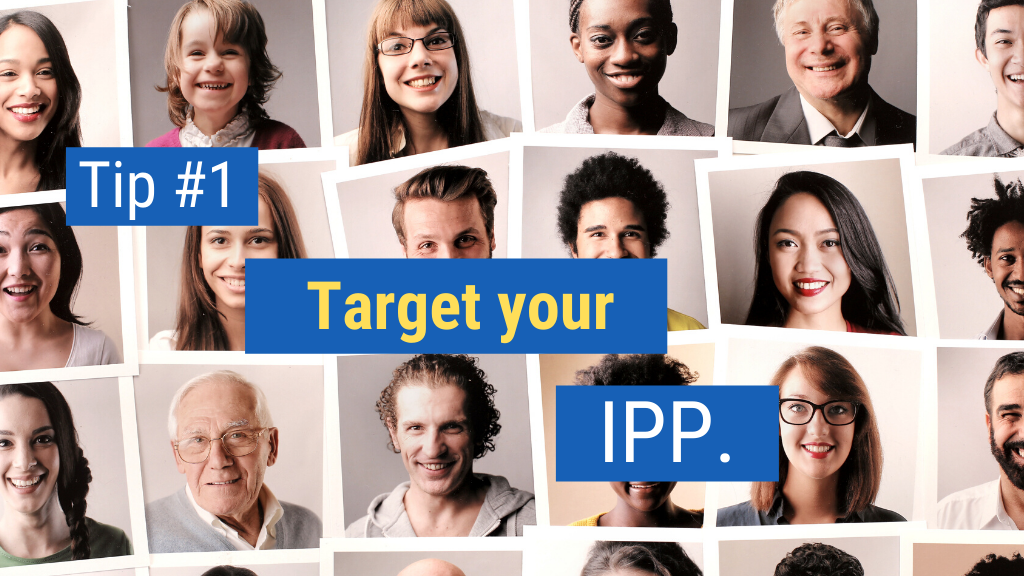 Your IPP is your Ideal Prospect Profile. The traditional old-school cold call tends to involve a shotgun approach—we all know that image of the inside sales rep banging out a hundred dials a day to a random list of prospects. Instead, you want to target only your ideal prospects. Create a top 20 or top 50 list of prospects that you’re going after, and only target those ideal prospects with any phone outreach that you do. This is the first step to switching over to leveraged calls so you never cold call again.
Your IPP is your Ideal Prospect Profile. The traditional old-school cold call tends to involve a shotgun approach—we all know that image of the inside sales rep banging out a hundred dials a day to a random list of prospects. Instead, you want to target only your ideal prospects. Create a top 20 or top 50 list of prospects that you’re going after, and only target those ideal prospects with any phone outreach that you do. This is the first step to switching over to leveraged calls so you never cold call again.
Tip #2: Use a prospecting campaign.
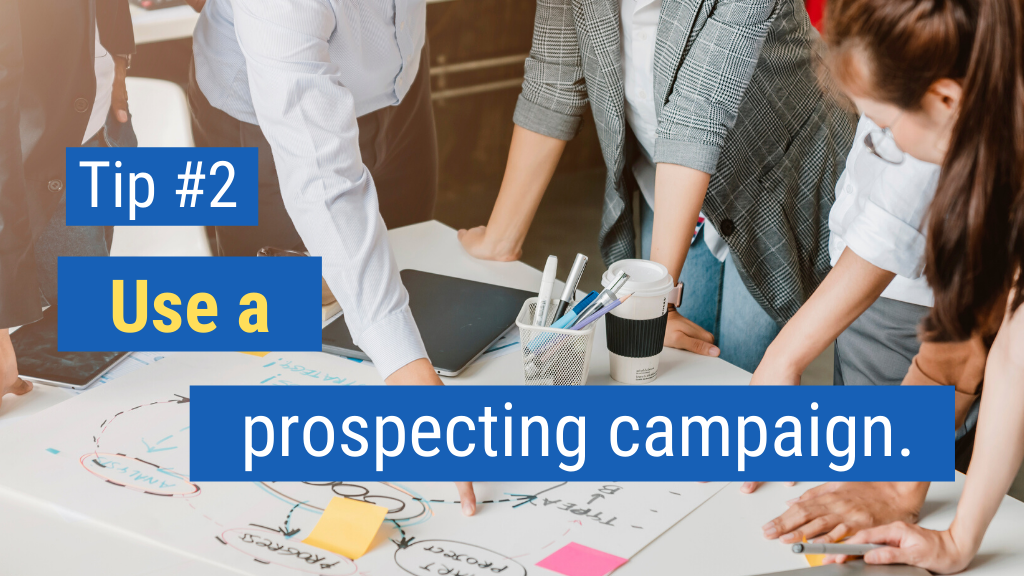 With the traditional cold call, salespeople are calling on prospects who have absolutely no idea who they are. If a prospect answers the call, they’ve got no clue what’s coming. If you really want to never cold call again, this has got to shift. A prospecting campaign is what you need. With leveraged calls, you will use a prospecting campaign to touch the prospect in many different ways, using a variety of channels—all before you call them.
With the traditional cold call, salespeople are calling on prospects who have absolutely no idea who they are. If a prospect answers the call, they’ve got no clue what’s coming. If you really want to never cold call again, this has got to shift. A prospecting campaign is what you need. With leveraged calls, you will use a prospecting campaign to touch the prospect in many different ways, using a variety of channels—all before you call them.
Maybe your prospecting campaign will involve cold email, LinkedIn outreach, or Facebook outreach. Maybe you’ll use Twitter, or send them a letter, a package, or something else of value. Whatever your campaign looks like, the point is to connect with them in many different ways so that by the time you actually get them on the phone, they know who you are.
Never Cold Call Again Tip #3: Map out your entire process.
 One of the biggest problems with prospecting is that it tends to be really haphazard and all over the map. Salespeople randomly make calls to one list today, and another tomorrow. It’s not tied together with a coherent strategy. In order to never cold call again, you must map out your entire prospecting process and stop winging it.
One of the biggest problems with prospecting is that it tends to be really haphazard and all over the map. Salespeople randomly make calls to one list today, and another tomorrow. It’s not tied together with a coherent strategy. In order to never cold call again, you must map out your entire prospecting process and stop winging it.
Think of this as a factory line where you start with the raw materials. At each station on the line, the materials will go through a process and change. Twenty steps later, what comes out will be a fully formed product. That’s exactly how your prospecting process should operate.
Maybe the first step is to send a cold email. Perhaps the next step is to follow up on that email with a voicemail. After that, you send a LinkedIn outreach. Then you send them a package. You follow up with another call. And it keeps going until eventually the prospect actually knows who you are—even if they’re not responding to you. (If they ever tell you to stop reaching out, then stop. But if they don’t, always keep going.)
Tip #4: Touch them at least 20 different times in different ways.
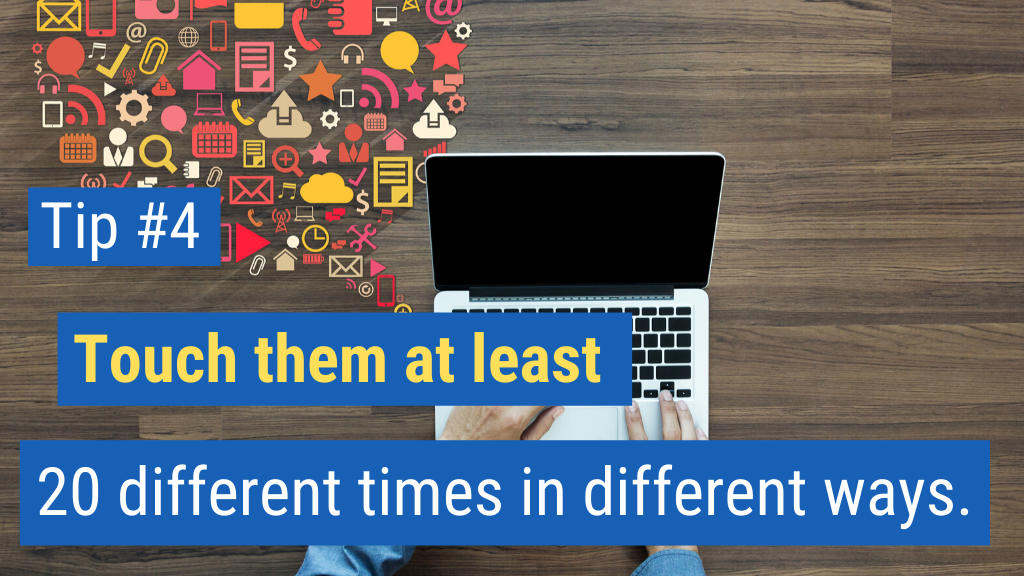 When I say “touch,” I’m talking about making different connections from a prospecting perspective. You want to use different channels to touch prospects at least 20 times in a variety of ways throughout your prospecting campaign. In order to never cold call again, you must leverage all of the tools at your disposal to connect with prospects, whether it be cold email, letters, packages, the phone, social media, or any other channels of communication. The data shows that a prospect needs about 18 of these “touches” before they will finally say, “OK, I’ll talk to you.”
When I say “touch,” I’m talking about making different connections from a prospecting perspective. You want to use different channels to touch prospects at least 20 times in a variety of ways throughout your prospecting campaign. In order to never cold call again, you must leverage all of the tools at your disposal to connect with prospects, whether it be cold email, letters, packages, the phone, social media, or any other channels of communication. The data shows that a prospect needs about 18 of these “touches” before they will finally say, “OK, I’ll talk to you.”
Never Cold Call Again Tip #5: Offer value, not just a chance to talk to you.
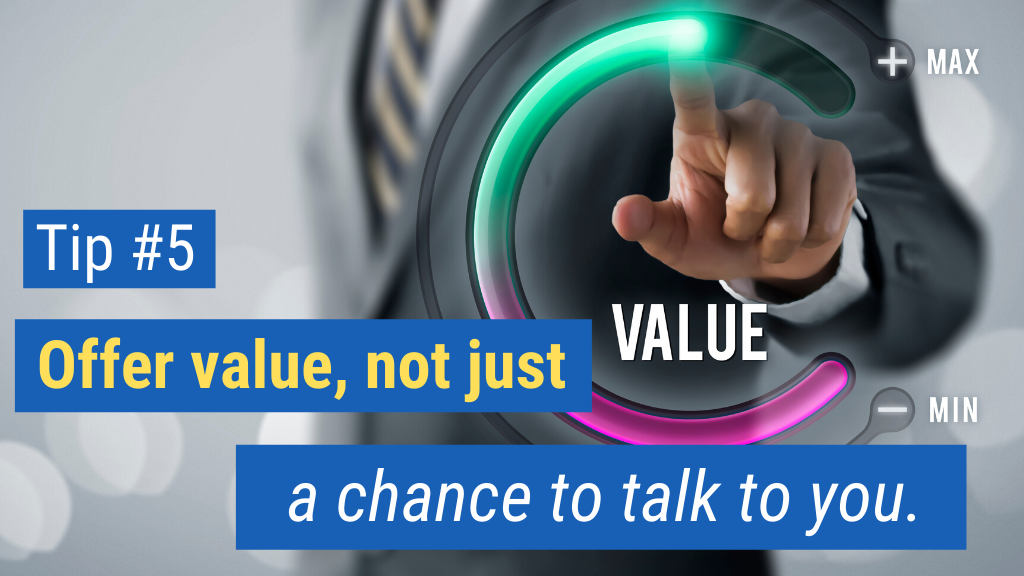 Newsflash: Your prospects are not dying to get on the phone with you. I don’t care who you are. I don’t care if you’re the CEO of your company. Chances are, your prospects are not dying to talk to you. That’s just the way sales works. We must offer value in our outreach in order to get them to say, “Yeah, I’ll hop on a call with you.”
Newsflash: Your prospects are not dying to get on the phone with you. I don’t care who you are. I don’t care if you’re the CEO of your company. Chances are, your prospects are not dying to talk to you. That’s just the way sales works. We must offer value in our outreach in order to get them to say, “Yeah, I’ll hop on a call with you.”
Any prospect hopping on a call with you is taking valuable time out of their day. They know they’re going to be sold. No one’s dying to have that experience. So we need to offer real value that will get them to say, “OK, I’ll get on a phone call with you.”
What is it that you can offer in terms of real value? Maybe it’s some kind of marketing or operations audit, or a free trial. What is it that you could offer to a high-value prospect that would cause them to actually want to talk to you? Use that as your bait to get them on the phone so you never cold call again.
Never Cold Call Again Tip #6: Personalize each outreach.
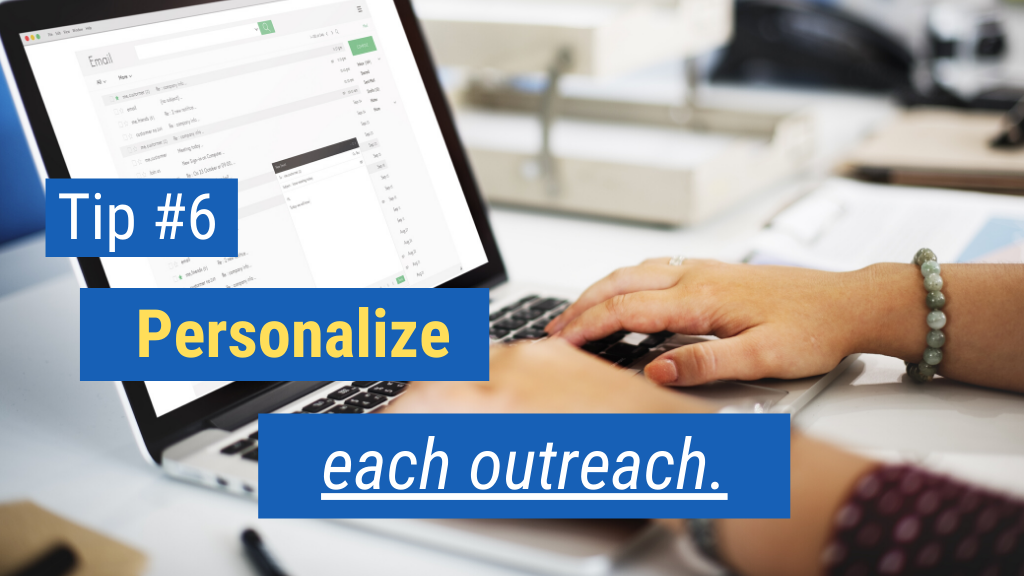 One of the biggest mistakes salespeople make in today’s world of selling is that they blast out the same exact message to every single prospect. This is a big blunder that you must stop making if you want to never cold call again. The reality is that your prospects are getting hit with so much automation every day that they are experts at identifying it—and they will immediately shut you out if they feel like they’re part of some boilerplate outreach.
One of the biggest mistakes salespeople make in today’s world of selling is that they blast out the same exact message to every single prospect. This is a big blunder that you must stop making if you want to never cold call again. The reality is that your prospects are getting hit with so much automation every day that they are experts at identifying it—and they will immediately shut you out if they feel like they’re part of some boilerplate outreach.
Personalize every outreach. You can still use email automation or automation in other tools, but make sure that you’re personalizing each outreach enough so the prospect thinks, “Wow, this person really did their homework on me. They understand me. I’ll hop on the phone with them.” Personalization will increase the conversion rate of every single outreach by at least 50%.
Tip #7: Create a sustainable cadence.
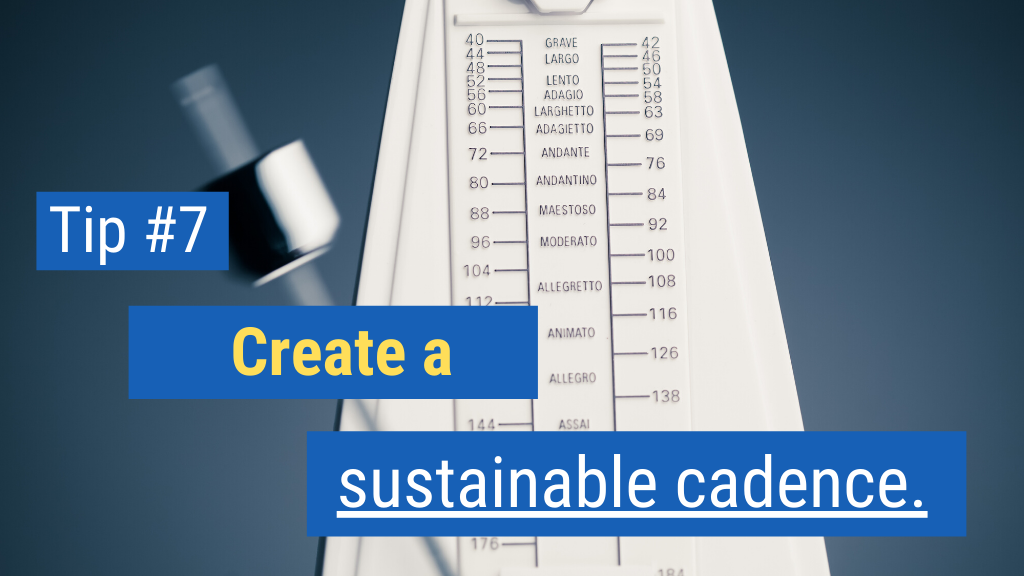 This is one of the key pieces of any successful prospecting campaign. Make sure there are enough steps in your campaign to make it effective, but also ensure that it’s sustainable enough for you to manage and repeat it every single day.
This is one of the key pieces of any successful prospecting campaign. Make sure there are enough steps in your campaign to make it effective, but also ensure that it’s sustainable enough for you to manage and repeat it every single day.
Maybe you’re only sending 5 or 10 people through your campaign each day. And remember, that’s at least 20 touches per person—so it’s actually a lot of steps. Even sending 5 new people through your campaign each day will require making many outreaches every single day. Create a cadence that’s sustainable and you can manage over time.

It’s really important that you’re not the hare, but rather the tortoise who can just chug along consistently day by day and bring new prospects into that campaign.
So there you have it. Now you know how to use leveraged calls to generate leads so you never cold call again. Which of these ideas did you find most useful? Share your thoughts in the comments section below to join the conversation.
Enjoyed this article? Please share away!

Get instant access to our free sales training:
Why Prospects Push Back on Price, Give 'Think-It-Overs,' and Ghost in Sales Until They Meet a Sales Superstar Who Is Following These 7 Simple Keys

About the Author Marc Wayshak
Marc is is the best-selling author of three books on sales and leadership, including the highly acclaimed titles Game Plan Selling, The High-Velocity Sales Organization and his forthcoming book, Sales Conversations, Mastered.
Marc is a contributor to Inc, HubSpot, Fast Company, Entrepreneur Magazine, and Huffington Post Business. He also hosts a popular YouTube channel on sales strategy with over 103,000 subscribers.
Marc helps thousands of people his data-driven, science-based approach to selling that utilizes all the best tools available to sales organizations today.


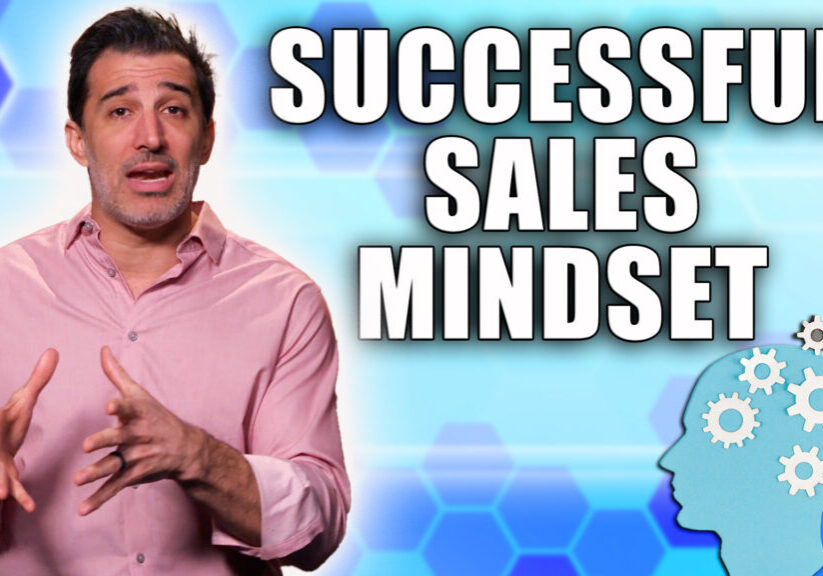
![How-to Sell to Power [C-Suite Sales Must-Knows!] How to Sell to Power [C-Suite Sales Must-Knows!]](https://salesinsightslab.com/wp-content/uploads/bb-plugin/cache/How-to-Sell-to-Power-C-Suite-Sales-Must-Knows-1024x576-landscape-7a52c541b28a7b772ad9e1010d8240be-.jpg)

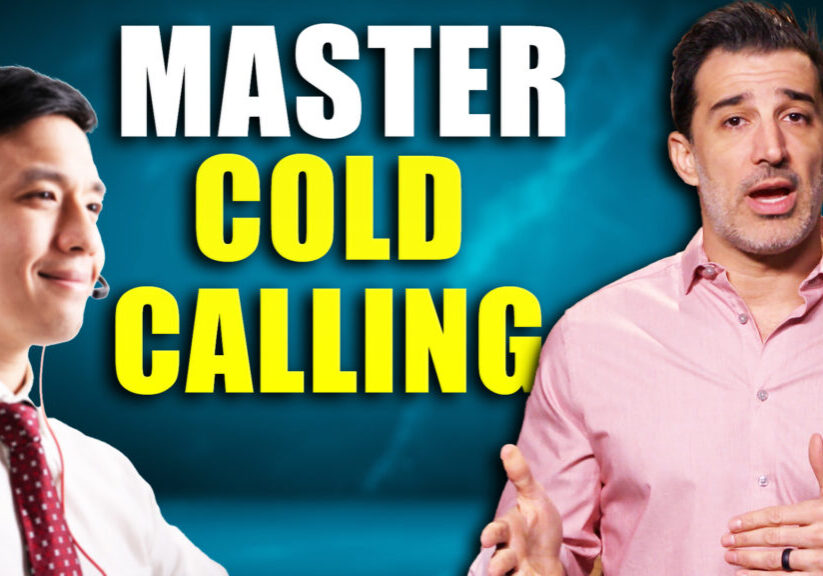
![The Absolute Best Way to Start a Sales Conversation [WITH ANY PROSPECT] The Absolute Best Way to Start a Sales Conversation [WITH ANY PROSPECT]](https://salesinsightslab.com/wp-content/uploads/bb-plugin/cache/The-Absolute-Best-Way-to-Start-a-Sales-Conversation-WITH-ANY-PROSPECT-1024x576-landscape-be9d9379ab94d9f71b5bfeed42246a84-.jpg)